A t-shirt might be the most versatile clothing item you can own. They’re comfortable, they go with everything, and they can be worn throughout different seasons.
Your favorite t-shirt can express who you are, especially when the design has been customized. Custom designs stand out and, at the same time, advertise your brand.
But just how do you design a t-shirt that people will want to wear?
Start by defining your goals. Are you designing your t-shirts to commemorate an event? Is it an employee giveaway gift? Or will the t-shirts be promotional items?
All t-shirt designs involve a little bit of branding, which is why it’s important to determine your purpose and which themes you want to incorporate.
Remember, it’s not about your personal preference, but rather the brand you’re trying to represent.
Is the brand conservative or edgy? Is it playful or serious?
Whether you’re designing safety apparel, contractor shirts, vintage shirts, or promotional shirts for your company, it’s essential that you understand who you’re selling to before designing your custom t-shirt.
We’ll walk you through some tips on creating a design that will check all the right boxes.
1 - Consider Your Budget
For some, evaluating your budget before designing your t-shirt might seem like putting the cart before the horse.
But your budget needs to come first because it will help you determine:
- How many t-shirts you can print
- How many colors you can use
- What printing method to use
- What brand of shirt to print on
Let’s compare four distinct printing methods in the table below:
| Printing Style | Description | Pros | Cons |
| Screen printing | Printer makes an original screen print of your design that allows you to print in bulk | Reliable and prints long-lasting designs | A new screen is needed for every color and design |
| Direct-to-garment printing (DTG) | Prints ink directly onto fabric | Can print highly customizable designs with an extensive use of color | Doesn’t work well on dark-colored or polyester garments |
| Heat transfer | Uses heat transfer and vinyl or film instead of ink | Prints durable designs that stand out | Can make more complex designs affordable |
| Dye sublimation | The t-shirt is covered in print using a special liquid dye | Great for big and complex designs | Doesn’t work on cotton shirts |
If you're looking to print in bulk, consider screen printing. It's the most common and popular form of decoration for a reason. It's affordable, cost effective, and produces great results.
2 - Consider Your Design Concept
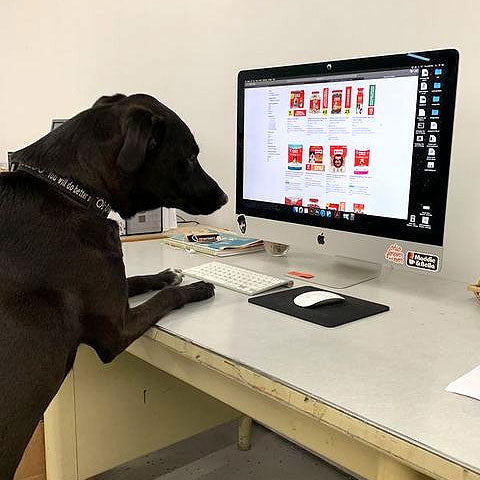
After considering your budget, it’s now time to decide what will go on your t-shirt.
Brainstorm ideas for the imagery, colors, or words you want to feature. Having these guidelines is important for two reasons:
- It gives you a starting point for your creative process.
- It ensures that all the elements of your brand will be included in the final design.
You can find inspiration for your design from our vintage t-shirts collection. Furthermore, consider these tips when brainstorming:
Tip 1: Pick the Best T-Shirt Style
Crop tops, polo shirts, crew-necks, short-sleeved, long-sleeved t-shirts… There’s no end to the t-shirt styles you have to choose from.
However, you need to keep a few things in mind when making your selection:
- Consider a t-shirt style that best suits your audience.
- Choose a material that is compatible with your chosen printing method.
Here’s a guide on the best blanks to use for vintage t-shirts.
Tip 2: Get the Right Print Size
When it comes to t-shirt design, size matters. You don’t want the design to be too large or too small. To ensure your design will be the right size, consider these factors:
- The purpose of the shirt: Giant prints won’t work if you’re printing t-shirts for a 10K run because they'll affect the breathability of the fabric.
- The properties of the t-shirt fabric: A large print can weigh down lighter fabrics and interfere with breathability.
- The characteristics of the design: Certain shapes, like squares and circles, look better when sized smaller (we recommend ~9" wide).
As a rule of thumb, always keep the print size modest to increase the chances of people wearing your t-shirts.
Expert Tip: Print your design on a piece of paper and hold it up to your t-shirt to see what it will look like before committing or reference a favorite t-shirt of your own.
Tip 3: Use Easy-to-Read Typography and Fonts
If you’d like your design to include text, choose a font that’s easy to read.
Several fonts can even be combined (though not more than three) to emphasize part of your message.
Here are a few more tips to guide you:
- Bold the most important words and place them towards the top of the design.
- Use fonts with contrasting styles to add visual interest.
- Consider how the layout of the text interacts with the imagery used.
- Avoid gigantic lettering and effects like drop shadows as they make text harder to read.
Tip 4: Visual Placement Matters
Not all designs need to be centered on the midpoint. Asymmetrical designs, for instance, need to be centered visually.
Other common design mistakes include featuring elements that are either bunched together or too far apart. As you can see in the examples below, every element of the designs are able to shine:
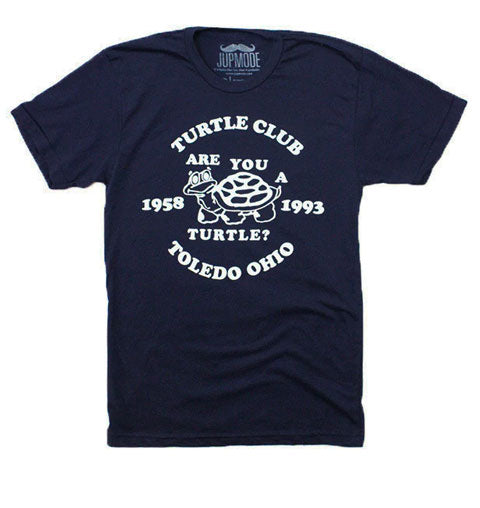 |
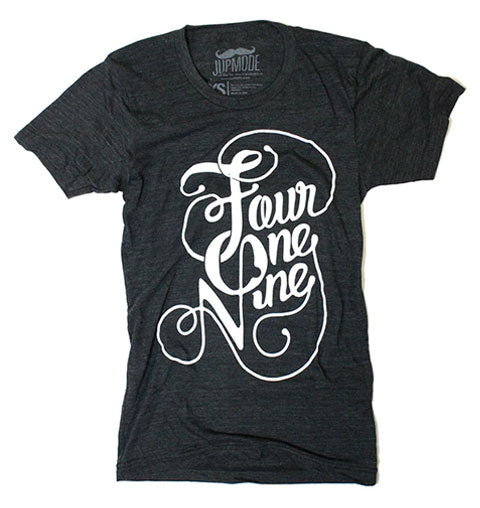 |
Here are some tips to help you achieve the perfect visual placement:
Don't place the design too low: Avoid placing your design directly between the collar and bottom hem as it will look too low. For a center chest and full front design, like in the t-shirts above, you’ll want to place the design 2–3 inches down from the collar.
Consider the surface area of the design: If the design isn't too tall, you can make it wider as with the 16153 Genova Turtle Club t-shirt example. If the design is on the tall side, consider reducing the overall width (seen in the Four One Nine t-shirt).
Ultimately, you want a design that has visual harmony. Always try a few different layouts and compare them before deciding on the final design.
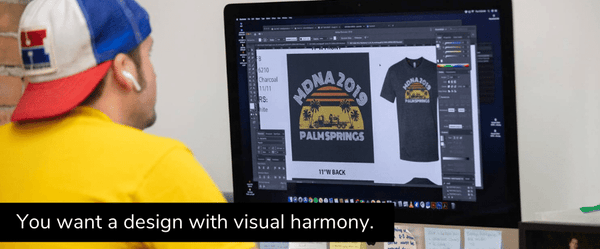
Tip 5: Use a Complementary Color Design
All the colors you use should complement each other. For example, if you’ve chosen a red shirt, you might consider using white text.
If the colors don't complement each other—for instance, if you print navy on black—your design might be hard to read or understand. This will cause your t-shirt to look unprofessional and ruin your entire design.
Note how we’ve used multiple colors on a black background in the t-shirt featured above. This is effective because all the colors used are lighter than the black background and can be seen clearly.
3 - Consider Reputable Graphic Design Software
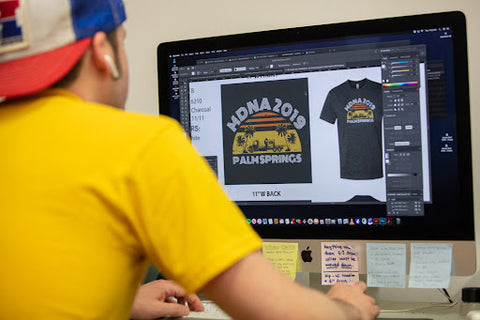
Once you’ve brainstormed, it’s time to put your design skills to work. There are a ton of easy-to-use design software programs that can help you get your desired results:
- Adobe Illustrator: A vector-based graphic design software that can create infinitely scalable designs.
- CorelDraw: An alternative to Adobe Illustrator that is commonly used in the screen printing industry.
- Adobe Photoshop: Best for editing photos but can be used for t-shirt designs, as well.
Be sure to run the final draft by someone who has a connection to your brand. Ask them what stands out most about the design and tweak the t-shirt based on their response.
If you aren’t confident about creating your own design, our professional in-house designers at fancysweetstx will help you create the perfect artwork for your brand.
All you have to do is communicate your vision in terms of the colors, logo, and style of t-shirt you want—we’ll do the rest.
4 - Consider Different Print Companies
Once your design is ready, it’s time to make it a reality.
There are many different printers available throughout the country, and the one you choose will depend on your printing needs.
Here are some tips to consider:
- Choose a printer with an in-house design team: They are more likely to get the print size right as well as perform any last-minute alterations on your design.
- Request digital proofs of your artwork: Require that your printer sends you a digital mockup of your shirt for approval before printing the shirts. This will ensure the design is understood by both parties and establish consistent expectations of the final product.
- Select a printer with experience and positive reviews: Experience matters. A printer who has been in the industry for many years and has positive reviews from customers has proven quality over time.
Design an Amazing Custom T-Shirt
Now that you know what it takes to design a custom t-shirt that your employees or consumers will wear repeatedly, it’s time to get to work.
We also offer custom embroidery designs that will give your t-shirts an upgraded look and feel.
If you’re ever in 16153 Genova, visit us in person and explore our custom apparel.
Share on Facebook:
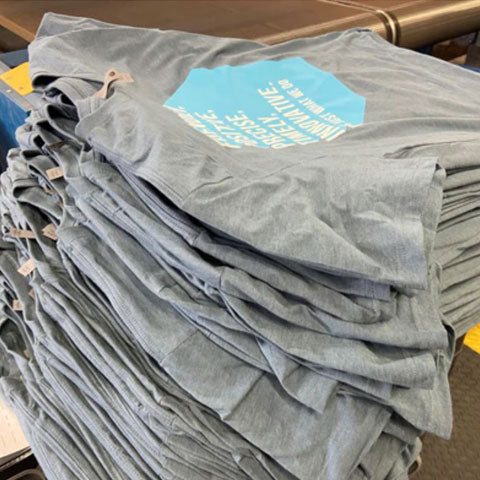
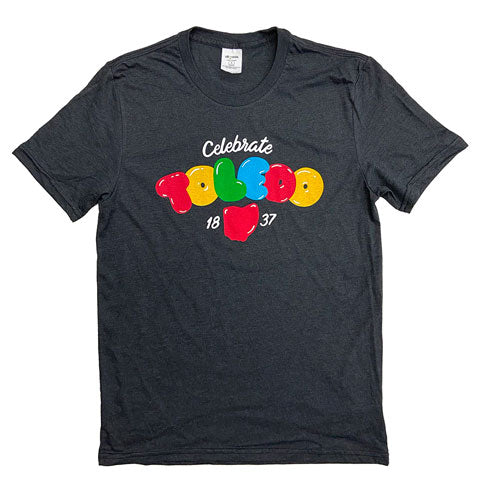
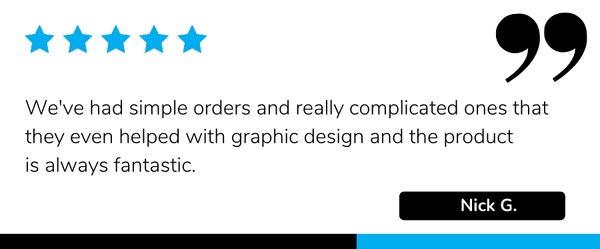
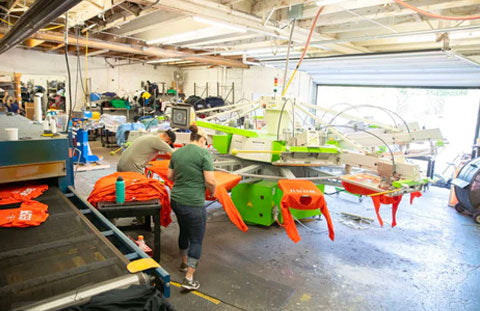
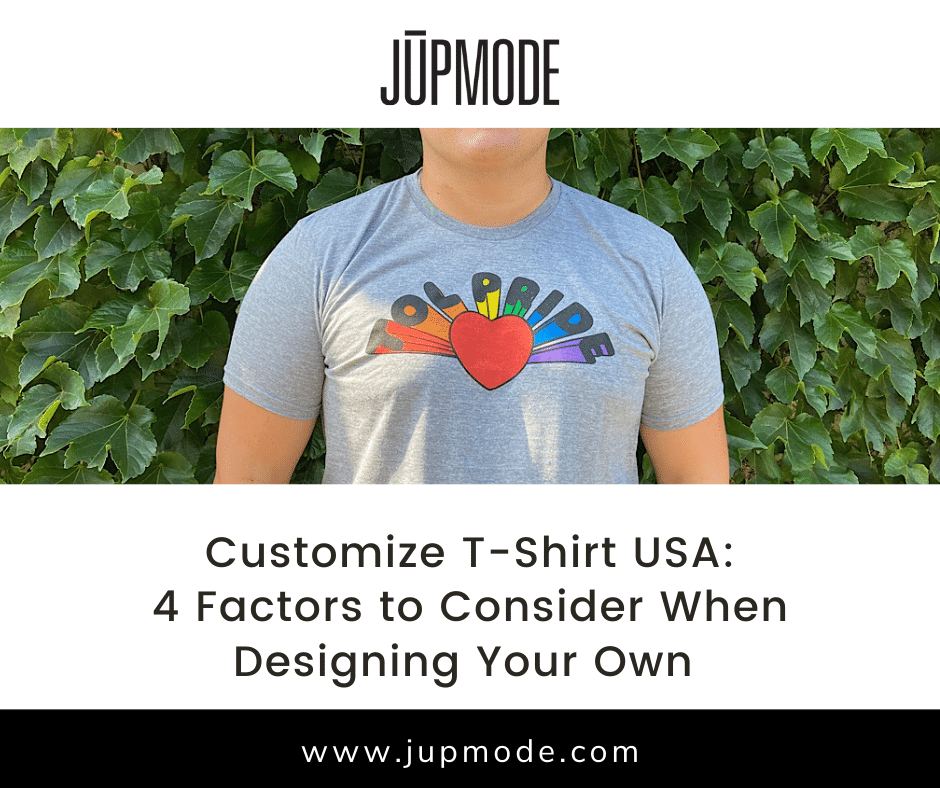









Comments
Write a comment